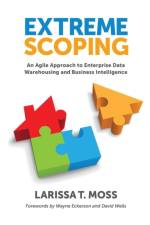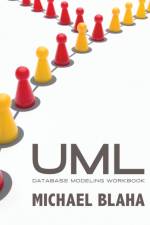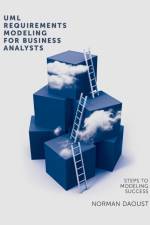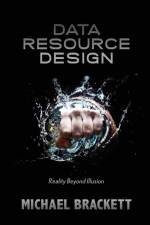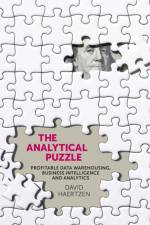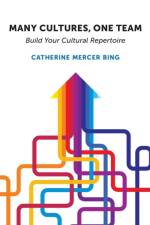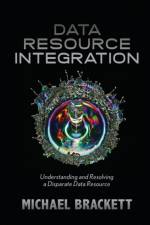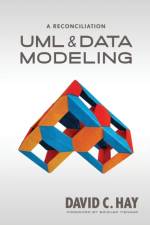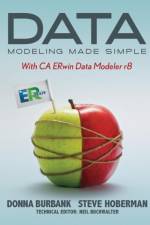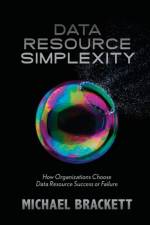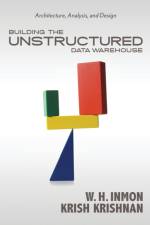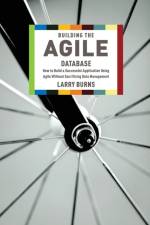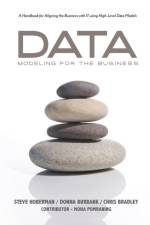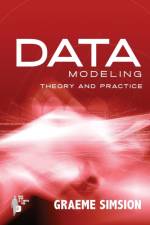- Portuguese Edition
av DAMA International
769,-
Escrito por mais de 120 praticantes de gerenciamento de dados, o guia DAMA® que estabelece um corpo de conhecimento em gerenciamento de dados (DMBOK®) é a mais impressionante compilação dos princípios do gerenciamento de dados e melhores práticas já montadas. Este guia oferece para o gerenciamento de dados, profissionais de TI, executivos, profissionais do conhecimento, educadores e pesquisadores uma estrutura de trabalho para gerenciar seus dados e as informações da infra-estrutura. O DMBOK® é equivalente ao PMBOK® ou BABOK®, fornecendo informações sobre Governança de Dados, Arquitetura de Dados, Desenvolvimento de Dados, Operações de banco de dados, Segurança de dados, Dados mestre e de referência, Data Warehousing e Inteligência de negócios, Gerenciamento de documentos e conteúdos, Gerenciamento de metadados, Qualidade de dados e desenvolvimento profissional. O DMBOK® faz referencia também ao dicionário de gerenciamento de dados da DAMA ( ISBN9780977140046). O DMBOK® esta disponível também em formato eletrônico (ISBN 9780977140084).Como uma introdução oficial para o gerenciamento de dados, os objetivos do guia DMBOK® são: Construir um consenso para uma aplicação, geralmente visível das funções do gerenciamento de dados; Fornecer definições padrões para os usos comuns das funções do gerenciamento de dados, entregas, papéis e outras terminologias; Documentar os princípios voltados para o gerenciamento de dados; Apresentar uma visão geral neutra em relação a vendedores de soluções e produtos visando praticar boas práticas comuns, métodos e técnicas sabiamente adotados, e abordagens alternativas significativas; Esclarecer o escopo e os limites do gerenciamento de dados; Agir como uma referência que guia os leitores para recursos adicionais e para maiores entendimentos Os editores são Mark Mosley, Editor de desenvolvimento, Michael Brackett, Editor de produção, Susan Early, Editor assistente, e Deborah Henderson (Presidente da fundação DAMA, e vice-presidente da Pesquisa e Educação da DAMA Internacional), e o posfácio por Michael Brackett. Prefácio por John Zachman: A publicação começou como não trivial, e necessária compilação de artigos e fatos de assuntos pouco entendidos do gerenciamento de dados orquestrados por algumas pessoas do capítulo da DAMA de Chicago. Como havia pouco material de referência de fundo sobre o assunto, foi o único na época. Cresceu para se tornar um manual pragmático dos praticantes e que certamente merece um lugar em toda pratileira dos profissionais que de alguma maneira estão envolvidos com o gerenciamento de dados.

